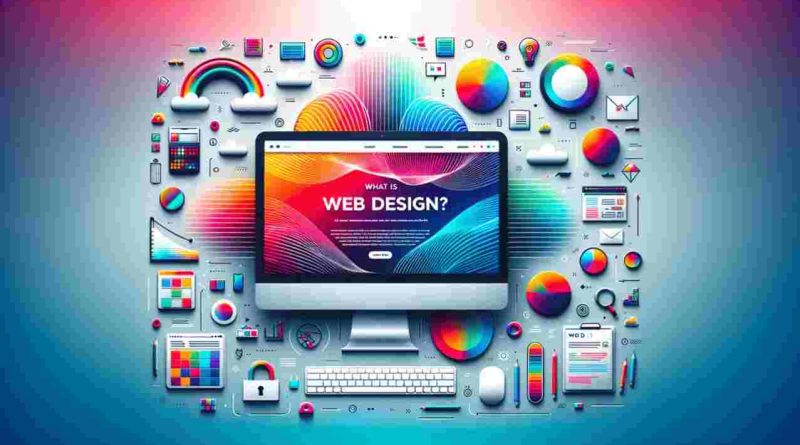Web Design Evolution: A Journey of Innovation
Table of Contents
Introduction
Web Design Evolution has transformed the internet. I love exploring this topic. I even once typed it as “Web Design Evoluton” by mistake. Today, Web Design shapes our digital experience. I enjoy learning about its changes and improvements.
Early Days of Web Design Evolution
Early Web Design Evolution started with simple HTML. Designers built static pages. They used basic tags and limited colors. I remember struggling with outdated code. Those days were exciting and challenging.
What are the 7 Stages of Web Development?
The process of building a website unfolds in stages. Here are the seven key stages that shape Web Design Evolution:
- Planning – Define goals and target audience.
- Design – Create layouts and visual elements.
- Content – Develop and organize text, images, and media.
- Development – Code the site using modern tools.
- Testing – Check functionality and fix errors.
- Deployment – Launch the website for users.
- Maintenance – Update and improve regularly.
Each stage is vital. I often review these steps to ensure my projects align with current Web Design Evolution trends.
What is the Evolution of Web Technology?
The evolution of web technology shows a clear progression:
- Web 1.0: Static pages with basic HTML.
- Web 2.0: Interactive, user-generated content with dynamic scripts.
- Web 3.0: Semantic web and intelligent data use.
- Emerging Trends: AI, VR, and immersive experiences.
This journey explains how Web Design Evolution moves forward. I sometimes marvel at how fast technology changes.
Modern Web Design Evolution Trends
Modern Web Design embraces responsive design. Designers use CSS, JavaScript, and frameworks. They create sleek, dynamic websites. Transition words such as “furthermore” and “additionally” help guide readers. I appreciate modern sites for their ease of use.
Technologies Driving Web Design Evolution
Technology fuels Web Design . Developers use powerful tools to innovate. Here is a small table comparing popular web design platforms:
| Platform | Ease of Use | Customization | Price Range |
|---|---|---|---|
| Wix | Very Easy | Moderate | $$ |
| Squarespace | Easy | Moderate | $$$ |
| WordPress | Moderate | High | Varies |
This table shows how each tool contributes to Web Design. I have used all three platforms and enjoyed different features on each.
Impact of Web Design on User Experience
Web Design improves user experience. Websites load faster and look cleaner. Designers optimize navigation and accessibility. I often notice small details that enhance browsing. This active approach makes my online experience delightful.
Future of Web Design
The future of Web Design excites me. New trends like AI and VR may soon become standard. Designers will use these tools to create immersive sites. I anticipate interactive elements that adapt to users. With each update, Web Design offers more opportunities for creativity.
Conclusion
WebDesign Evolution continuously shapes our online world. I enjoy observing its progress and learning new techniques. Each change makes websites more user-friendly and innovative. Embrace the journey of Web DesignEvolution and explore the endless possibilities it offers.

